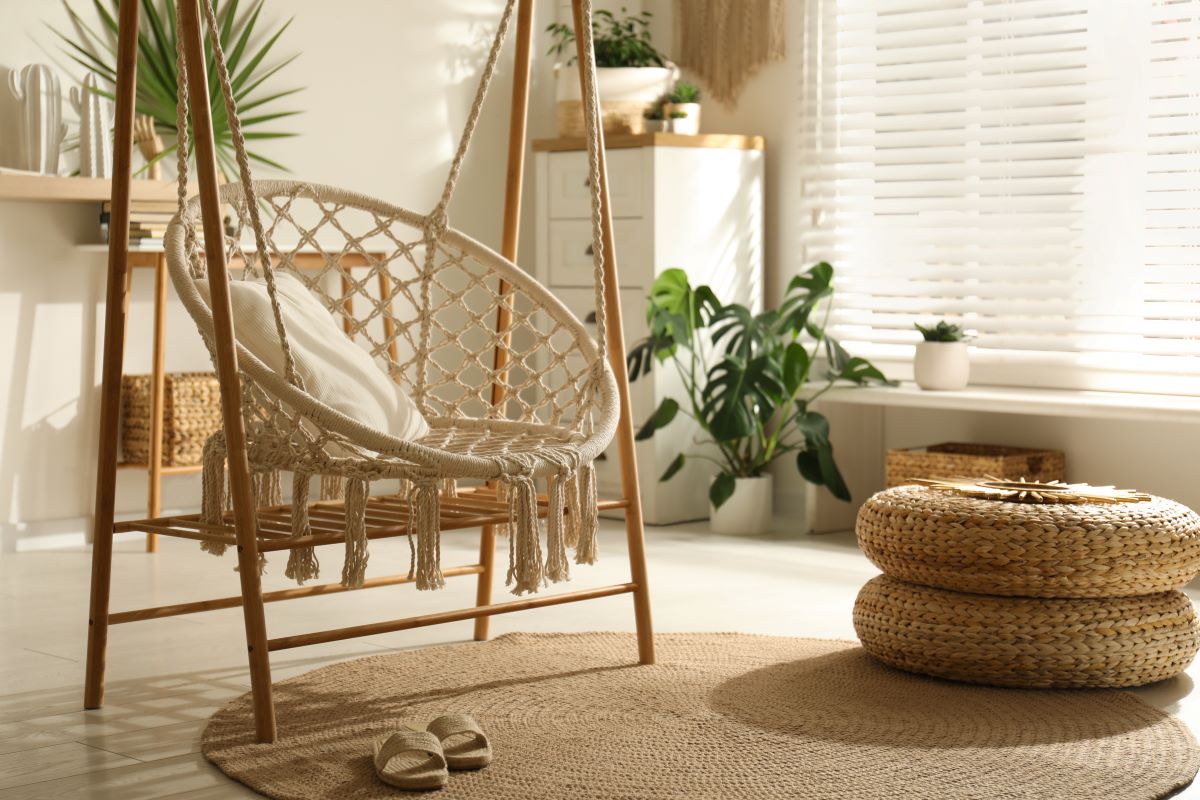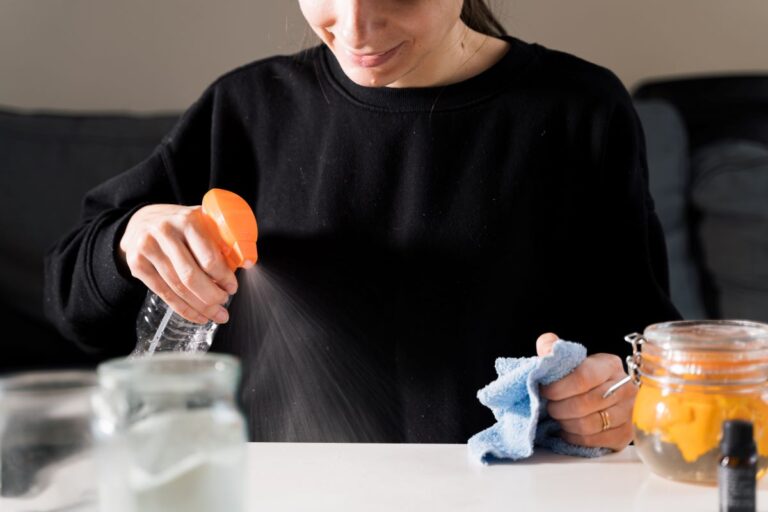Your Calm Corner: 17 Sensory Room Hacks to Relax and Recharge
Feeling like the chaos is never-ending with your neuro spicy kid? You can turn things around by designing a sensory space that caters to their unique needs and helps them (and you) find some peace. Discover how these 17 tips can make a world of difference in your home.
1. Choose the Right Location

Select a quiet, low-traffic area in your home for the sensory space. This ensures minimal disruptions and helps your child feel secure and relaxed.
2. Soft Lighting

Use soft, adjustable lighting to create a calming atmosphere. Dimmable lights, fairy lights, and LED strips allow you to control the brightness and color, catering to your child’s sensory preferences.
3. Comfortable Seating

Include comfortable seating options like bean bags, floor cushions, or a hammock chair. These provide a cozy spot for your child to relax and unwind.
4. Weighted Blankets

Weighted blankets offer deep pressure stimulation, which can be soothing for children with sensory needs. They help reduce anxiety and promote a sense of security.
5. Sensory Wall

Create a sensory wall with different textures, such as soft fabric, rough sandpaper, and squishy foam. This encourages tactile exploration and can be calming for children who seek touch stimulation.
6. Calming Colors

Paint the walls with calming colors like soft blues, greens, or purples. These colors can reduce stress and create a serene environment.
7. Noise-Canceling Headphones

Provide noise-canceling headphones to help block out distracting noises. These are particularly helpful for children who are sensitive to sound.
8. Sensory Toys

Stock the space with a variety of sensory toys, such as stress balls, fidget spinners, and chewable jewelry. These tools can help your child self-regulate and stay focused.
9. Visual Timers

Use visual timers to help your child understand time limits and transitions. This can be particularly useful for kids who have difficulty with time management.
10. Soft Textiles

Incorporate soft textiles like plush rugs, blankets, and stuffed animals. These provide comforting tactile input and a sense of coziness.
11. Calm-Down Jar

Create a calm-down jar filled with glitter and water. Shaking the jar and watching the glitter settle can be a soothing activity for children who need a break.
12. Balance Tools

Include balance tools like wobble cushions or balance boards. These can help improve your child’s coordination and focus by providing vestibular input.
13. Aromatherapy

Use essential oil diffusers with calming scents like lavender or chamomile. Aromatherapy can help reduce anxiety and create a peaceful atmosphere.
14. Sensory Swing

Install a sensory swing or hammock to provide gentle vestibular stimulation. Swinging can be incredibly calming and help your child regulate their emotions.
15. Blackout Curtains

Use blackout curtains to control the amount of light entering the room. This can help create a dark, quiet environment for relaxation or napping.
16. Visual Stimuli

Incorporate visual stimuli like bubble tubes, lava lamps, or light projectors. These can provide calming visual input and help your child focus.
17. Personalization

Allow your child to personalize the space with their favorite items, colors, and decorations. This helps them feel ownership and comfort in their sensory nook.
Ready to Create a Sensory Haven?

Creating a sensory-friendly space tailored to your child’s unique needs can significantly improve their well-being and daily functioning. Which of these tips will you implement to create a calming and engaging sensory haven for your neuro spicy kid?
Toxic Talk: 21 Phrases to Never Say to Your Kids

Are you worried about the impact of your words on your child’s well-being? Let’s tackle 21 phrases that might be causing more harm than you realize. Toxic Talk: 21 Phrases to Never Say to Your Kids
Breaking Ties: Recognizing When It’s Time to Go No-Contact with Parents

Deciding to go no-contact with a parent is a profound, often painful choice, but sometimes it’s necessary for personal well-being. Are you grappling with the decision to distance yourself from a toxic parental relationship? Breaking Ties: Recognizing When It’s Time to Go No-Contact with Parents
Stop the Stereotypes: 20 Gender-Based Comments Kids Don’t Need

It’s time to challenge traditional narratives that limit kids’ potential. Here are gender-specific phrases and ideas to avoid, fostering a supportive and open-minded environment for the next generation. Stop the Stereotypes: 20 Gender-Based Comments Kids Don’t Need
Featured Image Credit: Shutterstock / New Africa.
For transparency, this content was partly developed with AI assistance and carefully curated by an experienced editor to be informative and ensure accuracy.







